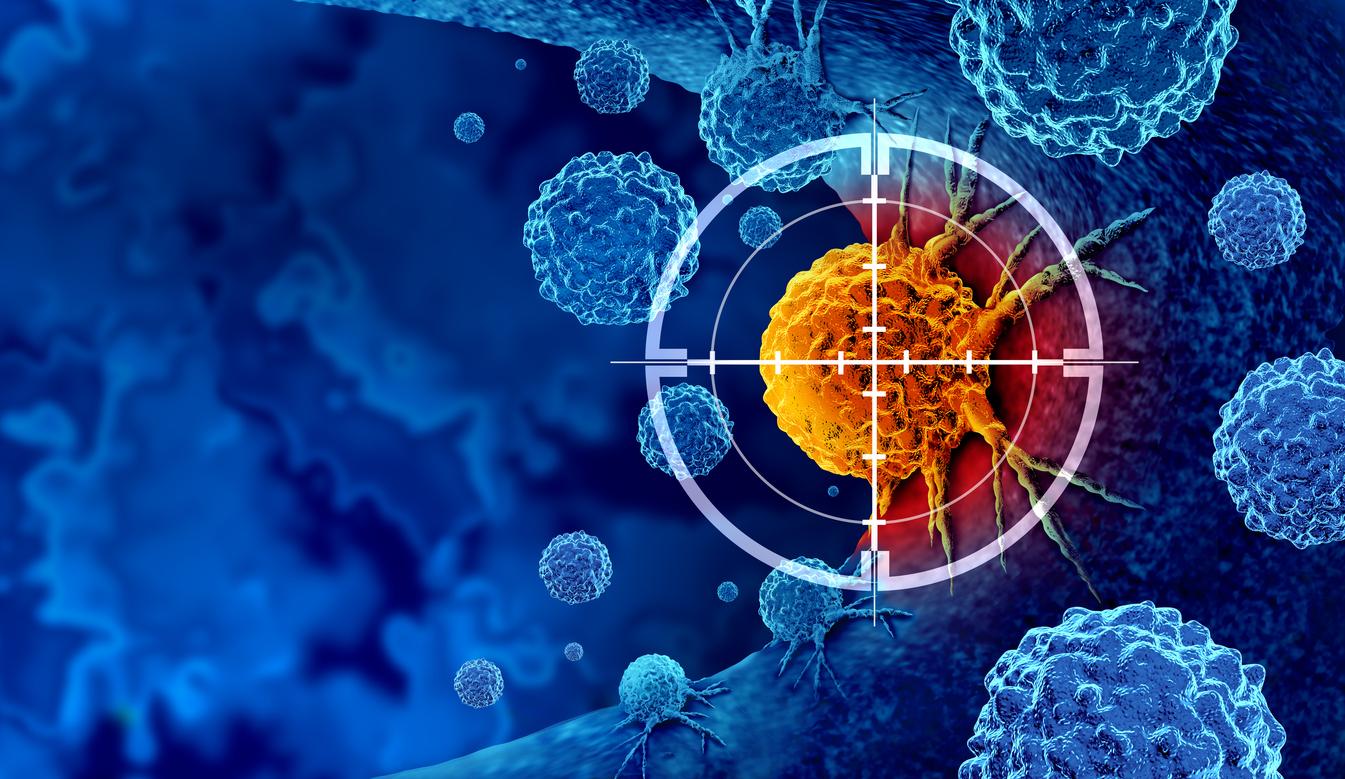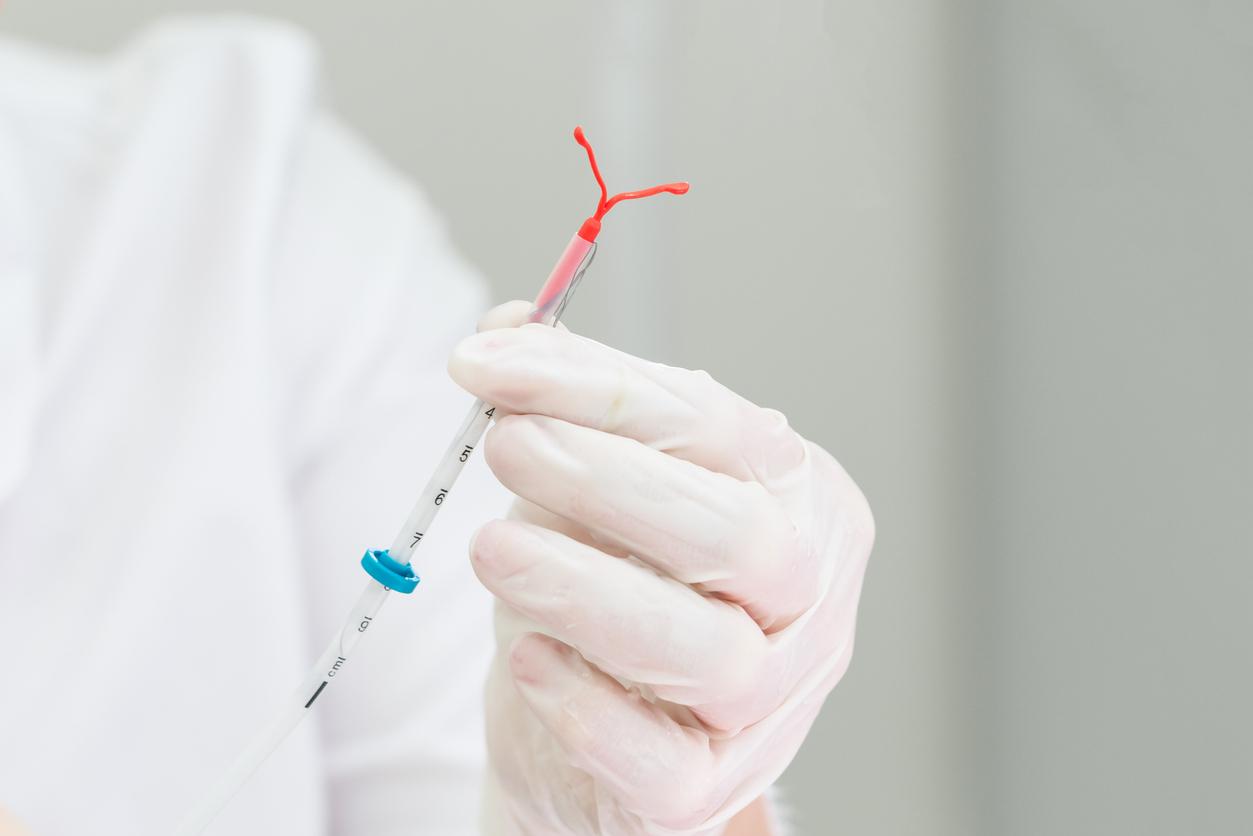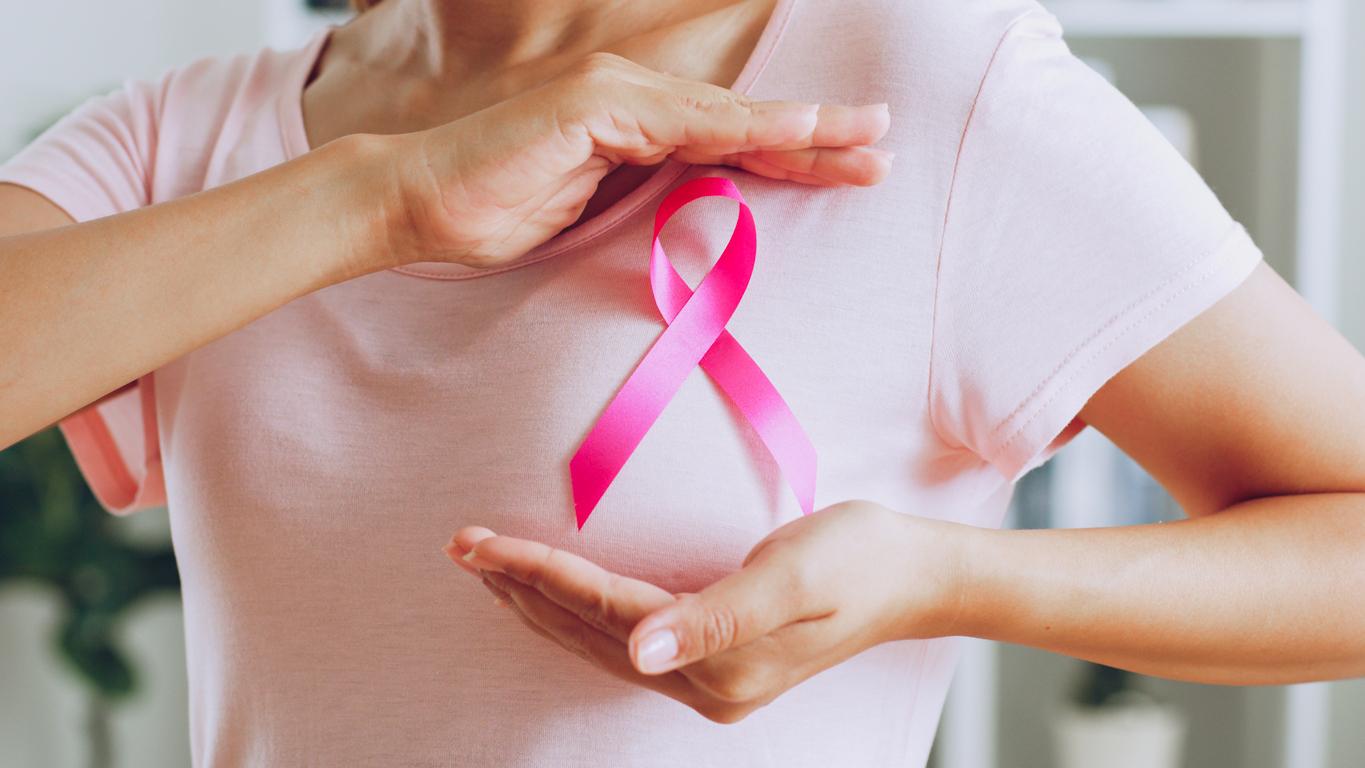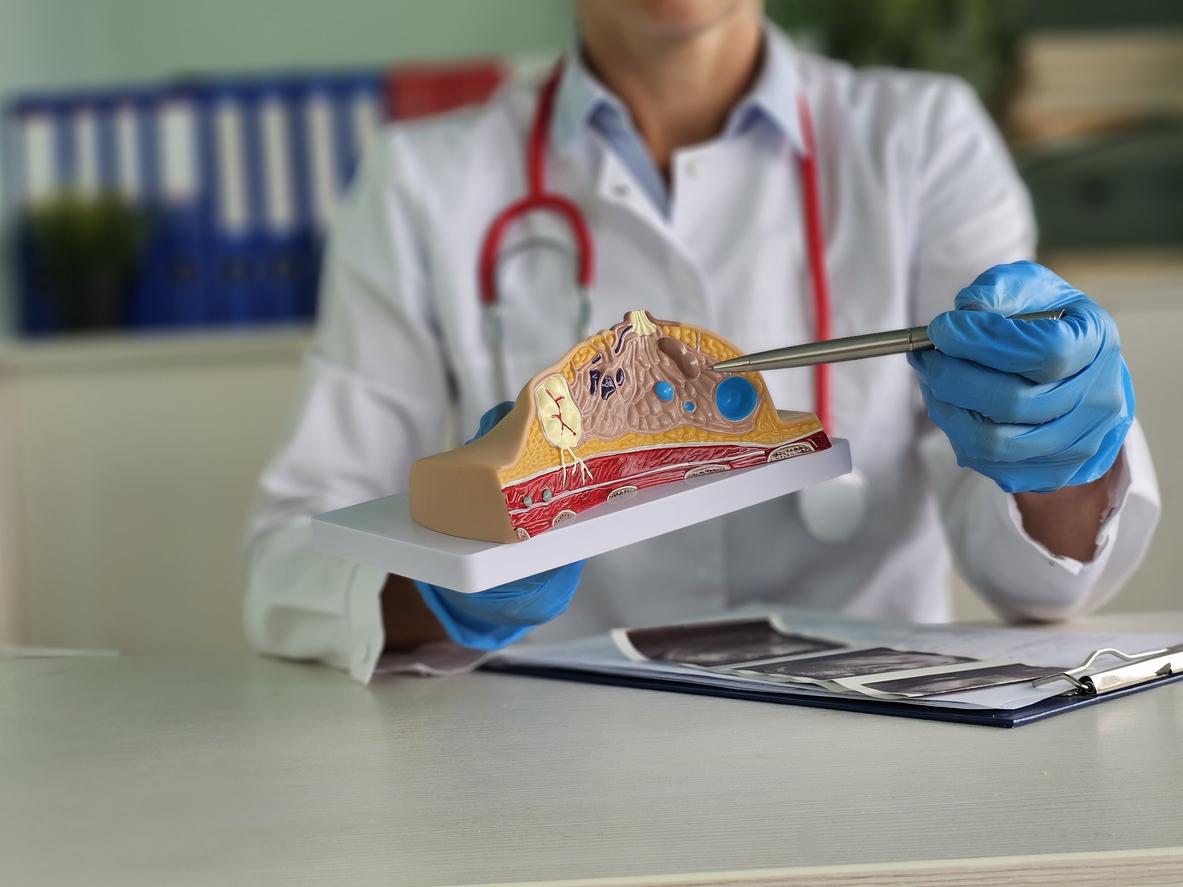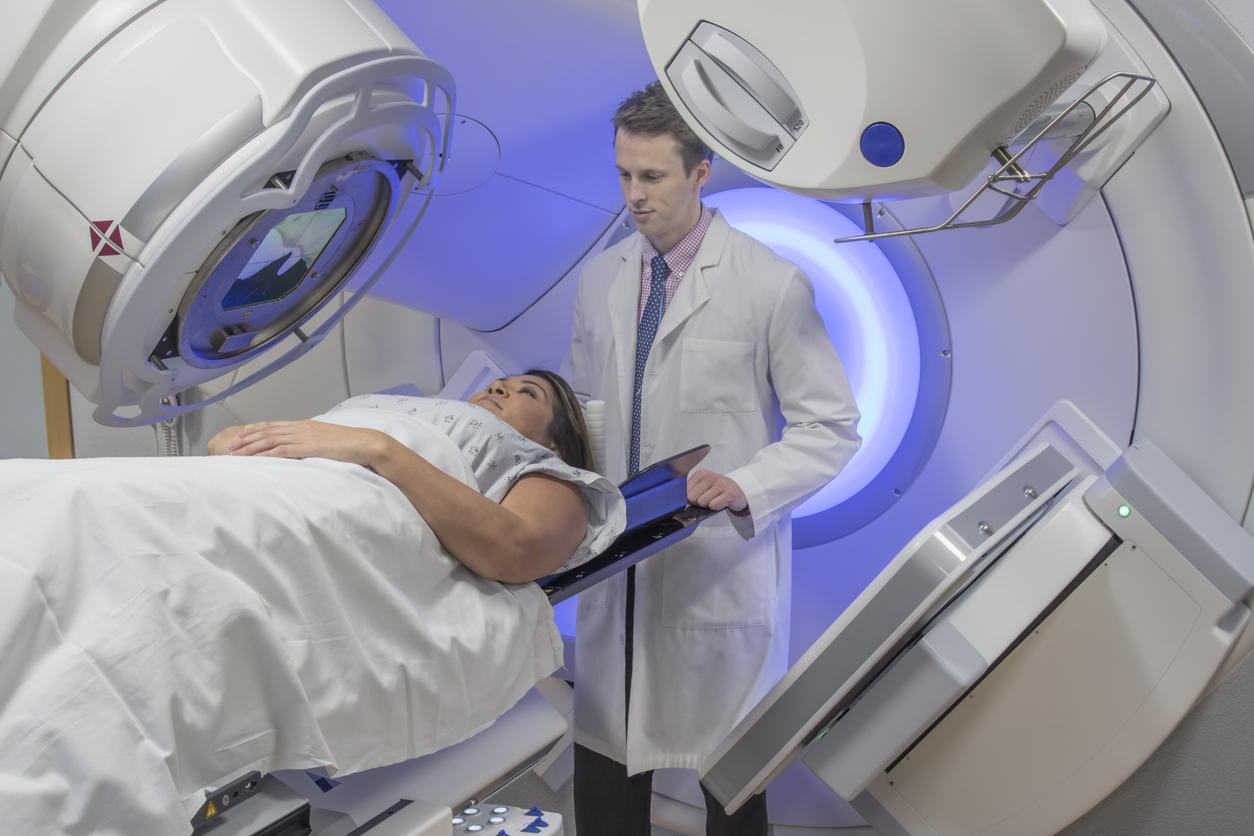Called “extracellular vesicles”, these entities released by our cells would have the ability to carry a combination of drugs and genes to target and destroy cancerous tumors.
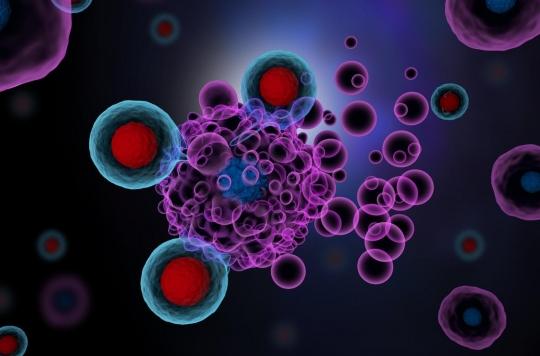
Long considered “cellular dust”, released by our cells but without any specific benefit, extracellular vesicles are perhaps the future of immunotherapy in the fight against cancer.
That’s what a new mouse study by researchers at Michigan State University and Stanford University, and published in the journal Molecular Cancer Therapeutics. According to its authors, these particles could become “mini-carriers” of anti-cancer treatment, that is to say a combination of therapeutic drugs and genes that would target cancerous tumours.
The key role of extracellular vesicles
We must first understand what these extracellular vesicles are. These are “nano-scale bubbles” released by healthy cells in our body and which, like their parent cells, transfer our genetic material such as DNA and RNA to other cells.
A study published in October 2018 by the CNRS thus explains that the great advantages of extracellular vesicles are that they cannot divide, “limiting the risk of developing cancer, do not differentiate, preventing them from developing a bad function and seem to be able to be produced by one donor for several patients”.
Having already shown their therapeutic potential in animals, “in the regeneration of cardiac, hepatic or even renal lesions”, extracellular vesicles have here proven to be valuable in targeting cancer cells by carrying a combination of drugs and genes. “What we have done is improve a therapeutic approach to deliver enzyme-producing genes that can convert certain drugs into toxic agents and target tumors,” says Masamitsu Kanada, lead author and assistant professor of pharmacology. and toxicology at MSU’s Institute for Quantitative Health Science and Engineering.
Initially inactive compounds, these prodrugs kick in to fight cancer when they metabolize in the body. The researchers used the extracellular vesicles to deliver enzyme-producing genes that could activate a drug association in breast cancer cells.
Targeted treatment more effective than chemotherapy
One gene vector in particular caught their attention: DNA minicircles which, once loaded with extracellular vesicles, were more than 14 times more effective at targeting and killing cancerous tumors than chemotherapy. “DNA minicircle therapy killed more than half of breast cancer cells in mice,” notes Professor Kanada.
According to him, this new therapeutic approach could become the best cancer treatment option, ahead of chemotherapy. “Conventional chemotherapy is not able to differentiate between tumors and normal tissue, so it attacks everything. This non-specificity can cause serious side effects and insufficient concentration in tumors.”
According to him, using extracellular vesicles would not only provide targeted treatment, but also minimize the risk of unwanted immune responses that can arise from other gene therapies. “If EVs prove effective in humans, it would be an ideal platform for gene delivery and they could be used in humans sooner than expected,” he concludes.
A phase I clinical trial that will use extracellular vesicles is expected to begin soon in the United States for the treatment of metastatic pancreatic cancer.

.









